Jainism
by Devender
0 2902
- Jainism is of very old origin and it is believed that Jainism has 24 great teachers known as Tirthankaras in their religion.
Jainism
The first one of these Tirthankaras was Rishabdev who was born in Ayodhya and is believed to lay the foundation of this society. He also realized that the source of Jaina's philosophy was Adinath. The 23rd was Parshavnath who was born in Varanasi and the last one, the 24th was Vardhamana Mahavira who was born in 540 BC at Kundangrama near Vaishali.
- Vardhamana Mahavira:
- To search for the truth, he abandoned the world at the age of 30 & became ascetic
- He medicated for 12 years practicing austerities
- In the 13th year, when he was 42 years old, he attained Kaivalya (Juan) under Sal tree at Timbhikagrama
- He proliferated this religion for a very long time nearly 30 years and died at 72 years age at Pavapuri close to Rajgir
- 3 principles of Jainism: Triratnas:
- Ahimsa
- Satya (Truth)
- Asteya (Not to steal)
- Parigraha (Not to acquire property)
- Brahamcharya (observe continence/not to led immoral life)
His father was Siddhartha who was the head of the Jnatrika Clan and his mother's name was Trishla who was the sister of Lichchhavi chief chetaka, whose daughter married to Bimbisara. His family was connected to the royal family of Magadha.
Kaivalya is considered to be the one who conquered misery & happiness. Because of this conquest, he is known as Mahavira or great hero or Jina (the conqueror) & his followers Jainas.
1 Right faith (believe in teachings & wisdom of Mahavira).
2 Right Knowledge (Acceptance of theory that there is no god & world has been existing without a creator & all objects possess a soul)
3 Right conduct (Refers to the observance of 5 great vows)
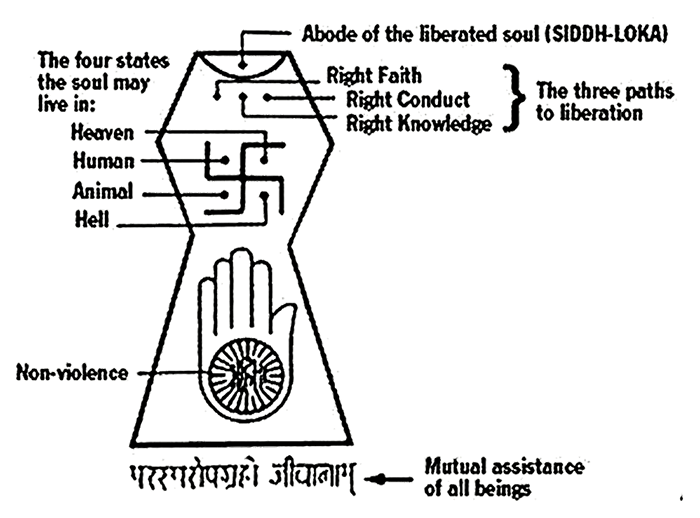
Teaching of Jainism
Jainism dismissed the authority of Vedas and had a problem with Vedic ceremonies and penances. It even considered the practice of agriculture as sinful because it caused injury to earth, worms, and animals.
Tenet of asceticism and renunciation was conveyed to incredible lengths by training of starvation, Nudity, and other types of self-torment (Penance for all wrongdoings perpetrated).
Mahavira asked his followers to remove all of their clothes however, the 23rd teacher, Parvanath asked people to cover their upper and lower body parts.
Mahavira never condemned the Verna system as he believed that a person born in lower Verna was the result of sins he committed in the past life and can only attain liberation through penance and meritorious life. Jainism has the main aim to free a person from worldly bonds.
- Twelve small vows (anuvrats) of Jainism:
- Spread of Jainism:
- Contribution of Jainism:
- Jain adapted Prakrit which helped in the evolution of many native languages
- Jainas composed the earliest important work in "Apabhramsha" & prepared its 1st grammar
- They contributed to the growth of Kannada
- Jainism religious literature is written in “Ardhamagadhi” & text were finally compiled at Valabhi (Gujrat)
Five anuvrats
1 avoiding injury to mobile beings which have two or more senses or desisting from deliberate acts of violence
2 truthfulness to avoid false statements out of extreme affection for someone or out of hatred for someone
3 refraining from taking anything not given
4 desisting from a sexual relationship with anyone other than one’s spouse
5 voluntarily limiting the possession of all forms of assets
The Seven supplementaries
1 refraining from movement beyond a limited area
2 restricting a movement to even a more limited area
3 refraining from wanton destruction of the environment by thought, word, or deed
4 keeping aloof from sinful conduct for a set period of time (observing samayik)
5 fasting on sacred days and observing special restrictions at secluded places
6 limiting the use of consumable and non-consumable goods
7 Sharing your food or resources with guests or wandering ascetics.
Jainism admitted both women and Shudras to its followers and used Prakrit (Common language) instead of Sanskrit. After 200 years of the death of Mahavira, a serious hit Ganga valley and many Jain followers led by Chandragupta Maurya and Bhadrabahu left for south India. These people spread Jainism in southern India.
The rest stayed under the leadership of Sthalbahu who changed the code of conduct for the monks and hence, Jainism was divided into two sections: Swetambars (White clad / Northerners) and Digambars ( Naked / Sky Clad / Southerners).
After that, the first council of Jain was held at Pataliputra led by Sthalbahu and the second one at Valabhi where 12 Anagas of Swetambars were finally compiled.
Jainism is known to be the first serious attempt against the evils of the Verna system and ritualistic Vedic system.

Share:

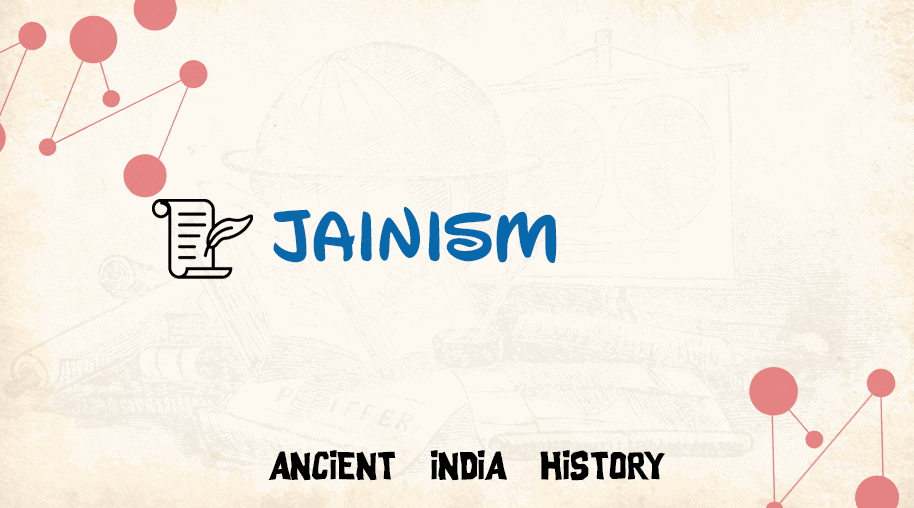
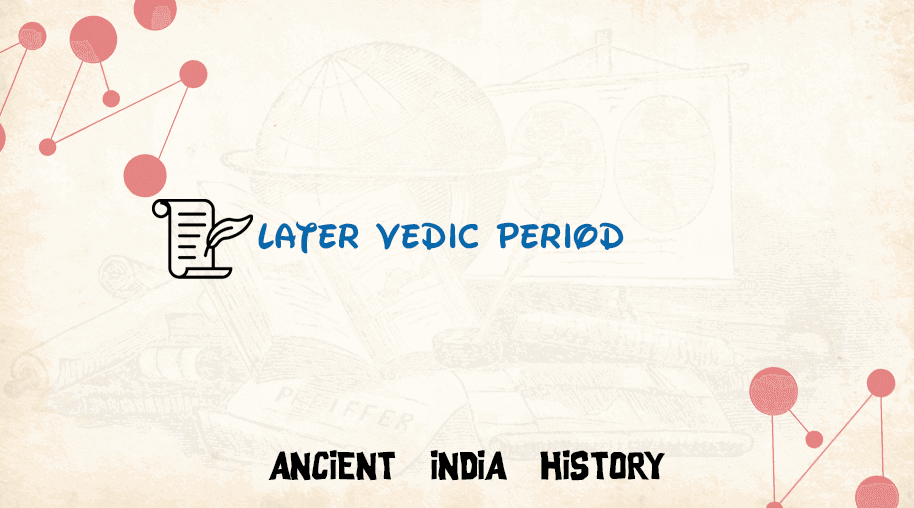
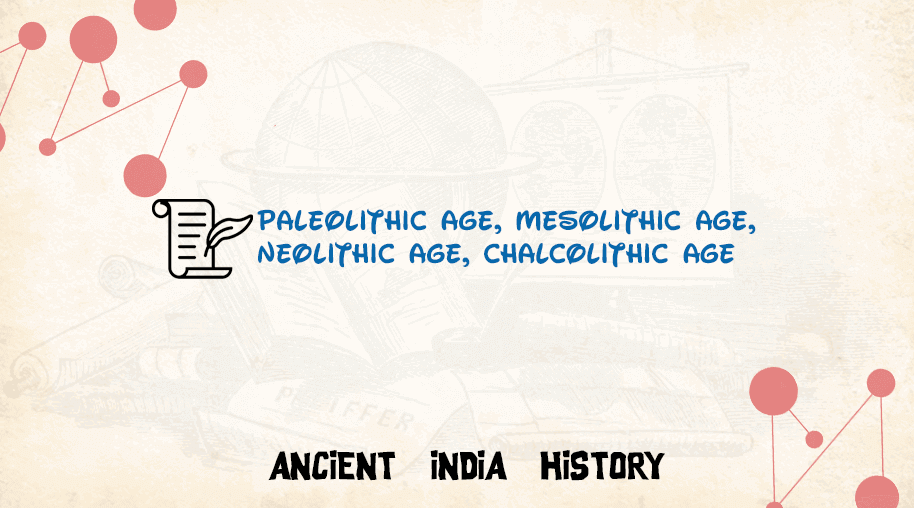
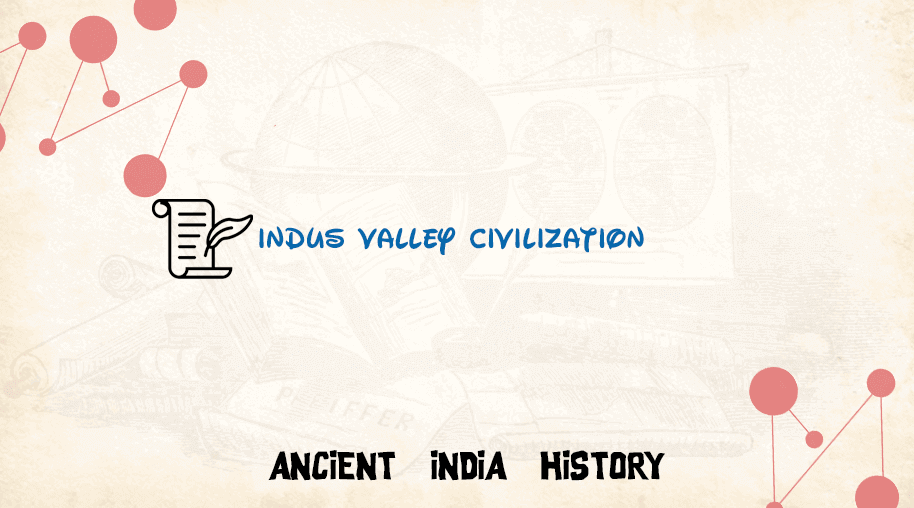


Comments
Waiting for your comments